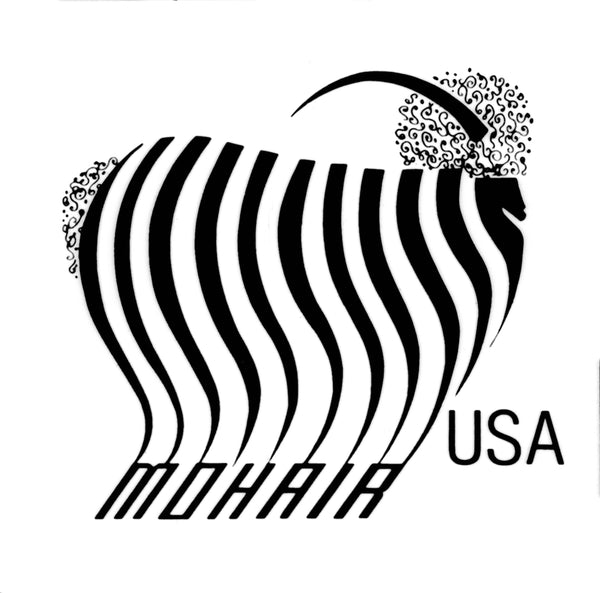History
Steeped in history, forever in tune with a changing world, the mohair fiber exemplifies the everlasting appeal of beauty and quality. Mohair, the lustrous, long and strong hair of the Angora goat, enhances modern fabrics of today as it did the robes of biblical wise men.
Angora goats are believed to have originated in the Himalaya Mountains of Asia. They found their way to Turkey where the name Angora was derived from Ankara, the name of the province where the goats thrived. Angoras were highly regarded and jealously protected from exportation until 1849 when the goats were imported into the United States.
From the importation of a small flock of seven does and two bucks, the United States launched its mohair production.
The United States is the second largest production nation in the world with annual production in excess of thirteen million pounds. The other two principal mohair sources are South Africa and Turkey.
Texas, with a herd of 1,800,000 goats, is the main mohair region of the United States, producing 96% of the total U.S. mohair. The primary range is the Edwards Plateau in southwestern Texas, where the mild, dry climate and hilly, bushy terrain are particularly well suited to the well being of these nimble goats with their mountain heritage. Due to additional range and animal husbandry studies, Angora goats are now being raised in 33 states of the Union.
The distinctive properties of mohair have made it a highly desired fiber through the centuries for both clothing and home furnishings. Its soft, luxurious hand and rich luster combine with great durability for enduring beauty—as in sweaters that rebound season after season, cleaning after cleaning in original color-lit fluffiness; or in mohair velour upholstery used on contemporary and antique furniture.
With its affinity for dyes, mohair reproduces colors that have an unmatched clarity and a halo-like glow. Fabrics of lively, smooth mohair don’t crush, mat or pill; dust and dirt are easily shaken or brushed off.
Mohair is an all-season fashion fiber, in wonderfully warm knits and wovens for cold weather, and in airy, lightweight structures that breathe with the body for warm days. Used alone or in blends, mohair imparts its unique signature to an infinite variety of fabric textures, from lofty fleeces, rich tweeds and frothy knits, to crisp men’s suitings fabrics. Mohair is a naturally soft fiber, which is enhanced by current expertise and modern processing techniques.
As decorating fabric, mohair is valued for its flame-resistance, and high sound absorbency. It is ideal for public places such as symphony halls, theaters, hotel lobbies, offices, as well as for homes.
In addition, mohair drapes are effective insulators, keeping heat in during cold weather and serving as a barrier against outside hot temperatures in summer.
And there are still more areas that capitalize on mohair’s talents: accessories of hats, scarves, lounging boots and slippers; throws and blankets; carpeting and rugs; wigs and switches; paint rollers and ink transfer pads; and children’s toys. Through the ages, the appeal of mohair has continued, adapting to the times with new and exciting fabric and style interpretations.
